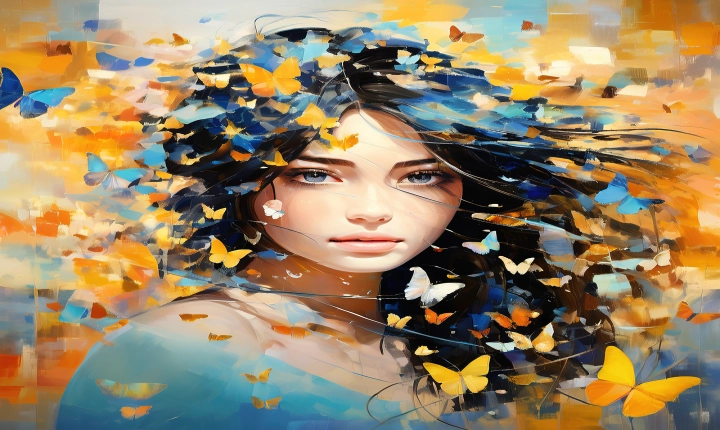Is AI Art Copyright Infringement?
With the rise of artificial intelligence (AI) and its capabilities to create art, a new debate has emerged: is AI art subject to copyright infringement? The intersection of technology and art has opened up a plethora of legal and ethical questions regarding the rights of creators and the ownership of AI-generated works.
In traditional copyright law, the creator of a work is granted exclusive rights to control its use and distribution. However, when it comes to AI-generated art, the lines become blurred. AI algorithms are programmed to analyze and imitate existing art styles, making it difficult to determine the originality and authorship of the resulting works. In some cases, AI may produce artworks that closely resemble those created by human artists, leading to concerns about intellectual property rights and artistic integrity.
One argument in favor of AI-generated art being subject to copyright infringement is that the creator of the AI program should be considered the author of the artwork, as they are the ones who designed and trained the system. This perspective raises important questions about the role of human intention and creativity in the artistic process. Should the person who wrote the AI code be recognized as the artist, or is the AI itself the creator of the art it produces?
On the other hand, some argue that AI-generated art should not be protected by copyright, as it lacks the emotional and intellectual depth associated with human creativity. Furthermore, the use of existing artworks as training data for AI algorithms introduces a layer of complexity regarding the ownership of the original artistic concepts.
To address these complex issues, legal experts and policymakers are grappling with the need to update copyright laws to encompass the evolving landscape of AI-generated art. Some propose the creation of a new category of “copyright for AI-generated works” to establish clear guidelines and rights for all parties involved. This could entail recognizing the role of AI programmers as creators and developing mechanisms to ensure fair compensation and attribution for their work.
In addition, there is a growing need for transparency and accountability in the use of AI in the art world. Artists and organizations utilizing AI should be transparent about the methods and data used to create AI-generated art, providing proper documentation and credit to the sources of inspiration. Moreover, ethical considerations must be taken into account to ensure that AI art does not perpetuate or exploit existing artistic works without appropriate acknowledgement.
As AI continues to advance and permeate various aspects of creative production, the legal and ethical implications of AI-generated art will become increasingly pertinent. Balancing the rights of creators, the capabilities of technology, and the preservation of artistic integrity will require a nuanced and collaborative approach from legal, artistic, and technological communities.
In conclusion, the question of whether AI art is subject to copyright infringement is a multifaceted issue that challenges traditional notions of authorship and ownership. Moving forward, it is crucial for stakeholders to engage in meaningful dialogue and develop a framework that respects the contributions of both human creators and AI systems in the production of art. Only through such deliberation can the legal and ethical complexities surrounding AI-generated art be effectively addressed.
